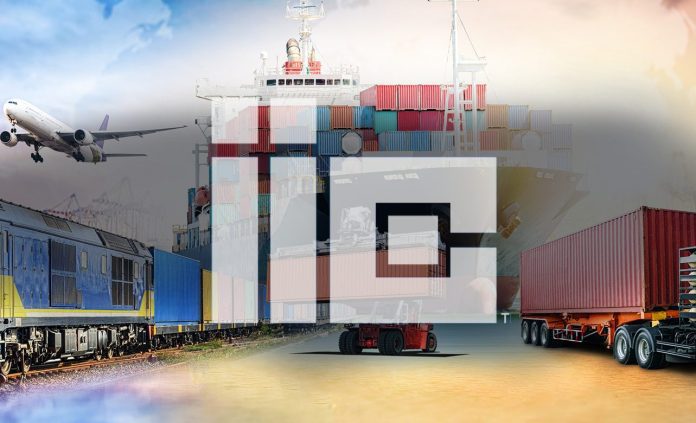The Industry IoT Consortium (IIC) has for the first time included an update on satellite connectivity in its Industrial Internet Networking Framework (IINF), its guide to help IoT application developers to design, deploy, and operate industrial networking solutions. It has also joined with the International Society of Automation to issue a paper on how to secure industrial automation and control systems.
As well, the IIC has issued a series of new peer-reviewed articles in the latest edition of its Journal of Innovation on the subject of trustworthiness in industrial IoT systems. The latest activity, on satellite connectivity for industrial IoT (available here), outlines new guidance on deploying satellite communications technologies “in place of terrestrial networks, which can be technically and economically unfeasible”.
The rise of satellite comms has been a feature of the IoT market over the past 12 months, to extend enterprise IoT coverage – across “vast areas, or in remote, underpopulated land areas, or over the seas and oceans”, said the IIC. David Lou, co-chair of the IIC’s networking task group and chief innovation and strategy officer at Huawei, said: “The main advantage of satellites over terrestrial networks is their wide coverage on a regional and continental scale.”
He said: “Even though closing the link budget is challenging, satellite technology can support industrial IoT devices as a direct radio access network. They can also serve as a backhaul technology for wireless or wired networks at any altitude.” The new framework guides technologies at the Internet Protocol (IP) and lower layers and related capabilities such as management and security.
Meanwhile, the new work with the International Society of Automation, plus the Digital Twin Consortium, has resulted in an updated IoT Security Maturity Model (SMM; available here) for asset owners and product suppliers to map security in IoT devices according to the ISA/IEC 62443 standards, developed by the ISA99 committee, adopted by the IEC, to provides a framework to address vulnerabilities in industrial automation and control systems (IACSs).
A statement explained: “By repeatedly comparing the target and current states, organizations can identify where they can make further improvements… The [62443] standards address current and future vulnerabilities in IACS and apply necessary mitigation systematically and defensibly. The ISA/IEC 62443 standards focus on maturity but only on the maturity of security programs and processes.”
Ron Zahavi, chief strategist for IoT standards at Microsoft and IoT SMM co-author, commented: “This new guidance extends the previously published IoT Security Maturity Model (SMM): Practitioner’s Guide to provide mappings to existing 62443 standards and specific guidance for the asset owner and product supplier roles.”
Frederick Hirsch, co-chair of the IIC ISA/IIC contributing group, added: “Achieving security maturity targets can be difficult to put into practice without concrete guidance. These 62443 mappings enable practitioners to better achieve security maturity by relating IIC IoT SMM practice comprehensiveness levels to ISA/IEC 62443 requirements. In this way, IACS asset owners and product suppliers can achieve appropriate maturity targets more easily.”
Eric Cosman, co-chair of the ISA99, said: “While standards such as ISA/IEC 62443 are needed to codify proven and accepted engineering practices, they are seldom sufficient. Joint efforts such as this provide the practical guidance necessary to promote and support their adoption.”
As well, the newest edition of the IIC’s Journal of Innovation (available here), provides additional insights about trustworthiness, and the roles that software bills-of-materials (SBOM)s, supply chain security, digital twins, and the new ISO/IEC 5055 standard can play to achieve “trustworthy IoT systems”. The IIC said it will use the publication as the basis for a new ‘trustworthiness practitioner’s guide’.
The new edition includes articles on trustworthiness in industry IoT systems, industrial IoT devices, system theory and resilience, software with ISO/IEC 5055, supply chains, and digital twin systems, among others

